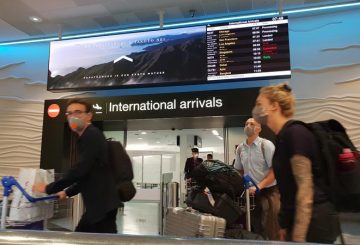储备银行预测今年将出现衰退,并预计就业率将急剧下降。官方失业率从9月季度的3.3%上升至12月季度的3.4%。
Seek高级经济学家马特·考吉尔表示,尽管没有一个行业能完全 “抵御衰退”,但有些行业比其他行业生存得更好。
“储备银行预测,失业率将在2023年急剧上升。如果发生这种情况,更多的雇主会解雇员工,失业者将更难找到工作。”
根据Seek的说法,医疗保健和医疗行业是新西兰最能抵御衰退的行业。
医疗保健和医疗行业的就业机会也是该国最受欢迎的行业。
注册护士是最受欢迎的工作,平均工资为75,768美元,而医疗助理是需求最高的第19个工作,平均工资为51,944美元。
根据Seek的说法,农业是新西兰第二耐衰退的产业。
根据Seek的说法,教育和培训是该国最稳定的行业之一。




























































